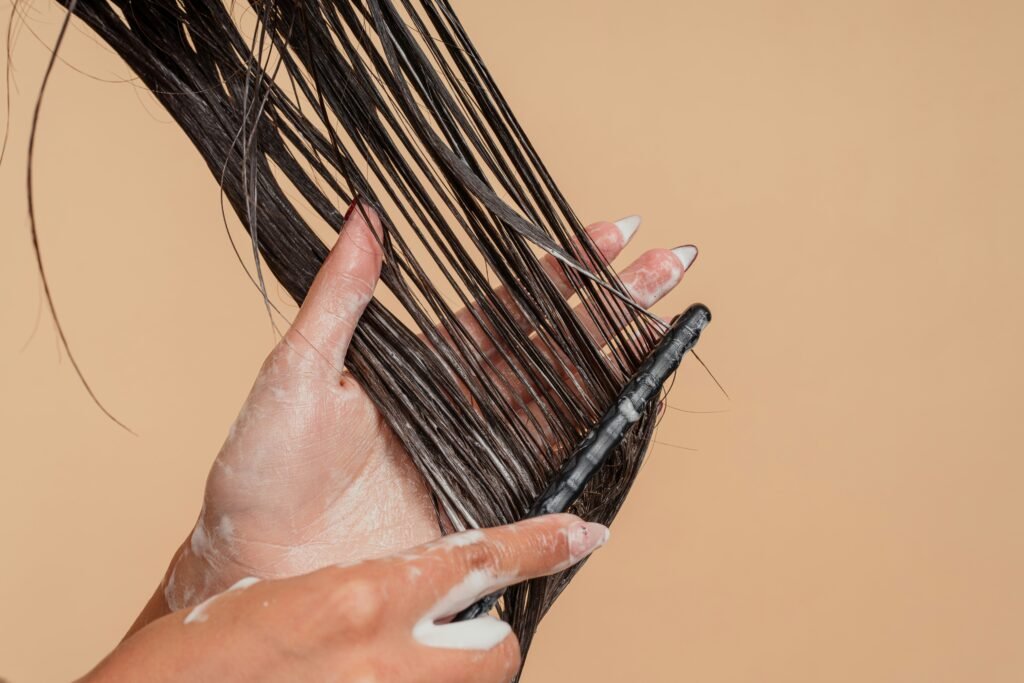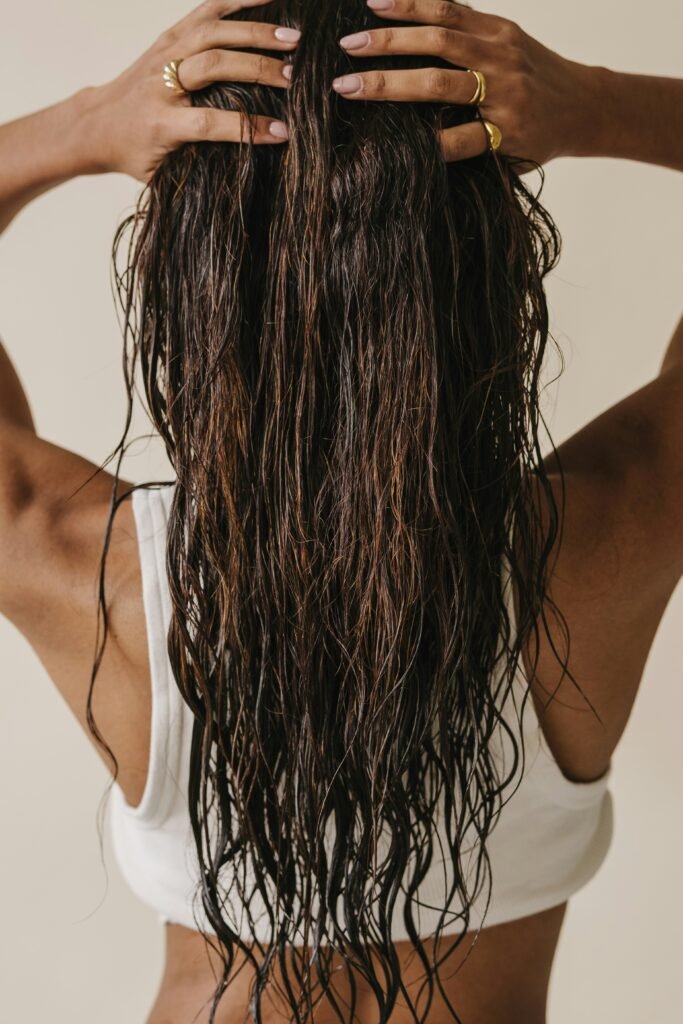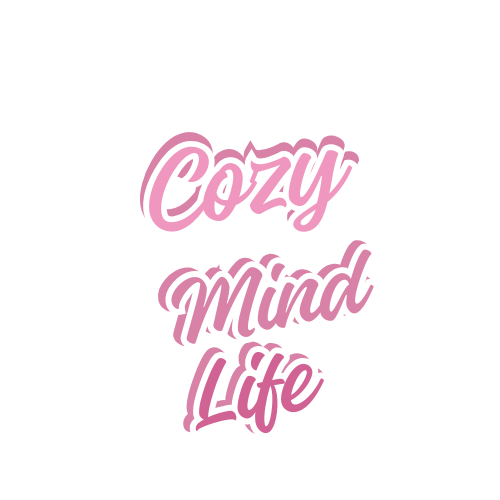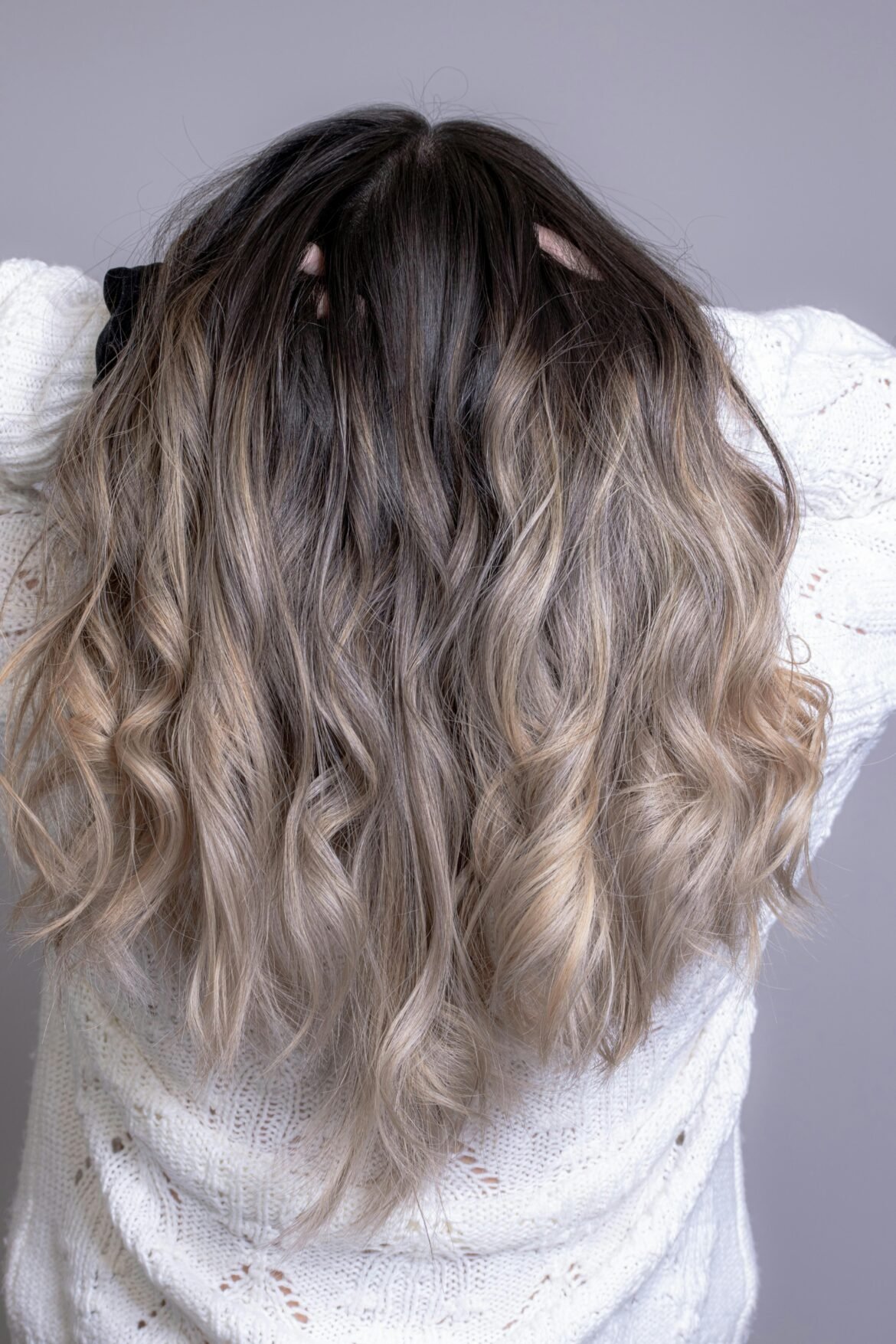My Favorite No-Heat Hairstyles for Healthy Hair
There’s something so freeing about giving up hot tools and letting your hair breathe. After years of battling heat damage (flat irons were practically glued to my hand), I finally discovered that no-heat hairstyles aren’t just good for my hair—they’ve actually made styling easier, faster, and more fun. The first week I put my straightener away, my hair almost felt like it sighed in relief, like a plant finally getting water after being neglected.
The thing I love most about heat-free styling is the mix of protection and creativity. It saves my hair from constant breakage, but it also forces me to play with texture, pins, and accessories in ways I never would have tried before. The result? Styles that look more natural, more “me,” and definitely healthier.
And honestly, there’s something timeless about it too. Long before curling irons and blow dryers, women created gorgeous hairstyles with nothing but braids, scarves, and clever twists. Going heat-free feels like tapping into that old-school wisdom while giving my hair the gentle care it deserves.
Over time (and with plenty of Pinterest deep dives and messy trial-and-error mornings), I’ve built up a little collection of go-to heatless hairstyles. They’re quick, pretty, and—best of all—they leave my hair stronger and shinier the more I use them.

Why I Switched to No-Heat Styling
A few years ago, I walked out of a salon after being told I’d need to cut off four inches because my ends were completely fried. That was the wake-up call. I promised myself I’d give my hair six months without heat and see what happened.
The first couple of weeks were rough—I missed that polished, predictable look of my straightener. But about two months in, my husband (who never notices hair) said, “Your hair looks… healthier. Different in a good way.” That’s when I knew something was working.
Soon, friends were asking what I was doing differently. My hair had bounce and shine I hadn’t seen in years, and it was all thanks to simply leaving the hot tools in the drawer. What started as damage control turned into a whole new way of looking at my hair—and honestly, I haven’t gone back.
Why Heat-Free Hairstyles Work So Well
Here’s the secret: these styles don’t fight your hair’s natural texture, they work with it. That’s why they look effortless instead of overdone.
The benefits go way beyond avoiding damage:
- They add body and volume (especially for fine hair that heat tools usually flatten).
- They’re quicker—you can set them at night and wake up ready to go.
- They break the cycle of “heat, damage, repeat.” Instead of trying to fix damaged hair with more heat, you actually give it space to heal.
What You’ll Need
You don’t need a drawer full of products to pull these off. Just a few basics:
- Bobby pins or hair pins (pick ones that match your hair color)
- Soft hair ties (silk scrunchies are my favorite)
- Wide-tooth comb
- Leave-in conditioner or lightweight styling cream
- A silk scarf or bonnet (for overnight protection)
- Small spray bottle with water
- Optional: sea salt spray for texture, texturizing powder for volume
My Favorite No-Heat Styles
Overnight Waves
After washing, let your hair dry about 70%, then divide into two sections. Twist each section into a bun and secure with silk scrunchies. Sleep on it, and in the morning you’ll have soft, natural waves—no curling wand required.
Braided Crown
When you’re short on time, this one’s perfect. Part your hair to the side, braid along your hairline, and pin it behind your ear. Pull gently at the braid for volume. It’s polished in five minutes flat.
Twisted Front Sections
If you’re growing out bangs or just want hair off your face, take two small sections at your temples, twist them back, and pin them together. Simple, chic, and perfect for everyday wear.
Scarf Waves
Instead of sock buns, wrap slightly damp hair around a silk scarf rolled into a tube. Tie it, sleep, and wake up with smooth waves—plus fewer flyaways thanks to the silk.
For Curly Hair: Plopping
Flip your wet curls into a cotton t-shirt, wrap it up, and let it dry. This trick defines curls beautifully without frizz or a diffuser.
Tips for Success
- Work with hair that’s about 70–80% dry. Too wet, and it won’t set properly; too dry, and it won’t hold.
- Keep products light—heavy creams can weigh hair down.
- Be patient. The longer you let styles sit (especially overnight ones), the better the results.
A Healthier Twist
Want to make your heat-free routine double as hair care? Apply a few drops of argan oil or coconut oil to your ends before braiding or twisting. While your hair sets, the oil works as a treatment.
And if your hair feels dull from buildup, try an apple cider vinegar rinse (1 part vinegar, 3 parts water) before styling. It smooths the cuticle, balances pH, and leaves your hair shiny and soft.
Final Thoughts
No-heat hairstyles aren’t just quick fixes for busy mornings—they’re long-term investments in your hair’s health. The longer you stick with them, the stronger, shinier, and more manageable your hair becomes.
What I love most is how freeing it feels to embrace my natural texture instead of constantly fighting it. And trust me, once you see how good your hair looks and feels without all that heat, you won’t want to go back either.
So the next time you reach for your straightener, maybe try one of these styles instead. Your hair will thank you.

Frequently Asked Questions For No-Heat Hairstyles
How long does it take to see improvements in hair health after switching to no-heat styling?
Most people notice less breakage within 2-3 weeks, with significant improvements in shine and elasticity appearing around the 6-8 week mark. Full restoration depends on your starting damage level, but expect remarkable changes within 3-6 months.
Can no-heat styles work for very short hair?
Absolutely! While you might not be able to do elaborate braids, techniques like headband curls, twist-outs, and pixie pin-curls work beautifully on shorter lengths, often creating more texture and volume than longer styles.
What’s the best no-heat style for professional settings?
Low twisted buns, braided crowns, and Gibson tucks offer sophisticated looks appropriate for any workplace. The key is ensuring everything is securely pinned and finishing with a light hold hairspray if needed for flyaways.
How do I prevent frizz when air-drying my hair?
Start by using a microfiber towel or t-shirt to gently squeeze out excess moisture rather than rubbing. Apply a small amount of leave-in conditioner to damp hair, focusing on the ends. Avoid touching your hair while it dries, and consider sleeping with a silk pillowcase to reduce friction.
Will no-heat styling work for my very straight, fine hair that doesn’t hold curls well?
Yes! The secret is starting with slightly damp hair, using a texturizing spray or mousse for grip, and leaving the style in until your hair is 100% dry. Overnight methods typically work best for hair that resists holding shape.
How can I make my no-heat waves last longer?
Start with day-old hair rather than freshly washed for better grip. Once your waves are set, avoid brushing them out completely—instead, use your fingers or a wide-tooth comb just at the roots. A light mist of texturizing spray can also extend the life of your waves.
What no-heat styles work best in high humidity?
Braided updos, twisted buns, and styles that keep hair secured against the scalp tend to resist humidity best. Adding a tiny amount of anti-humidity cream before styling can also help, but use sparingly to avoid weighing down your style.
Is it better to set no-heat styles on wet or dry hair?
It depends on your hair type and the style. Generally, damp hair (about 70-80% dry) works best for most techniques. Very wet hair may not dry completely in twisted or braided styles, while completely dry hair may not hold the shape as well.
How do I sleep with no-heat styles to maintain them overnight?
Use a silk or satin pillowcase to reduce friction. For styles you want to preserve, try pineappling (gathering hair loosely at the top of your head) with a silk scrunchie, or wrapping your hair in a silk scarf or bonnet.
Can I use no-heat styling methods if I have damaged or chemically treated hair?
Yes, and you should! No-heat styling is especially beneficial for damaged hair. Just be gentle with your application, use extra leave-in conditioner for protection, and avoid styles that create tension at the roots or require tight securing.
Do I need special products for no-heat hairstyles to work?
While specialized products aren’t absolutely necessary, a good leave-in conditioner and texturizing spray can significantly improve your results. If you’re just starting out, begin with what you have and invest in specific products as you discover what works best for your hair type.
How often should I wash my hair when using no-heat styling methods?
Many no-heat styles actually work better and last longer on second or third-day hair. Consider extending time between washes to 2-4 days, using dry shampoo if needed for refreshing. This reduced washing schedule further promotes hair health by preserving natural oils.

